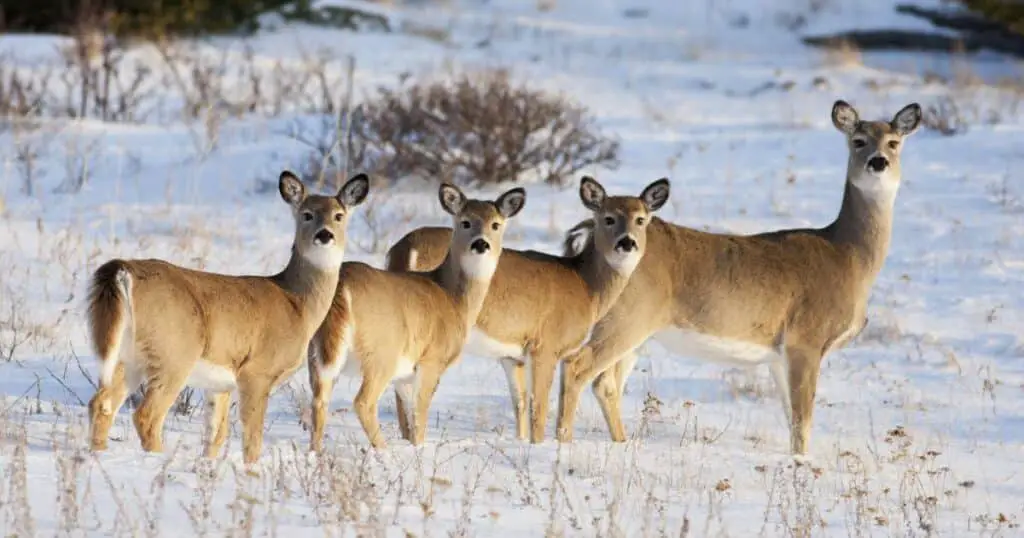There are between 32 and 36 million deer in the United States. With such large numbers, there is a significant risk of overpopulation without the help of hunters.
In the United States, deer populations vary widely from state to state. In some states, there are regulations in place to help these populations stay at an optimal level.
In this article, we will give you the information you need to understand how deer populations vary across states.
Overview of Deer Population in the United States
Table of Contents
ToggleOverall, the United States has a large deer population. In most states, state and local authorities have put conservation and population regulation measures in place.
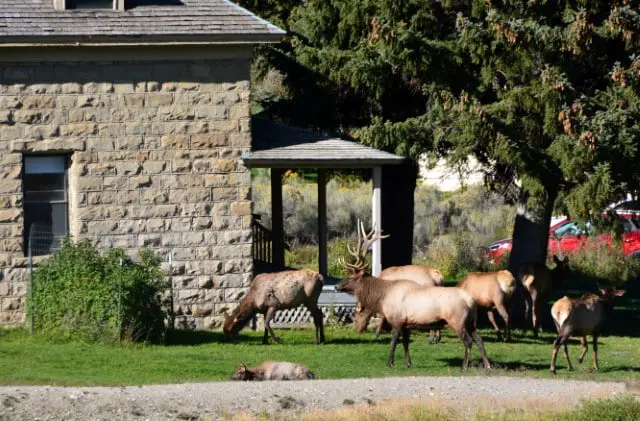
When deer populations get too large, it can cause problems with food supply and the health of the local ecosystem.
Deer are herbivores with a varied diet. They consume a wide range of plants, and if there are too many of these animals in an area, the vegetation won’t have the chance to regenerate.
Male deer grow antlers, and when they’re doing so, they need to eat more nutrient-dense foods.
States keep track of their deer populations and take steps to deal with overpopulation and underpopulation issues.
There are many different factors that influence deer populations. It is important for wildlife authorities to have remediation methods in place to minimize negative impacts on deer.
What Factors Influence Deer Populations?
There are many factors that impact deer populations in the United States. Also, the specific location where deer live plays an important role in the conditions and challenges that cervids will face.
Some of the main factors that influence populations are:
- Immigration
- Emigration
- Death rates
- Birth rates
We’ll talk about each of these in detail below.
Immigration
Deer immigration is when deer enter an area and their presence increases the population.
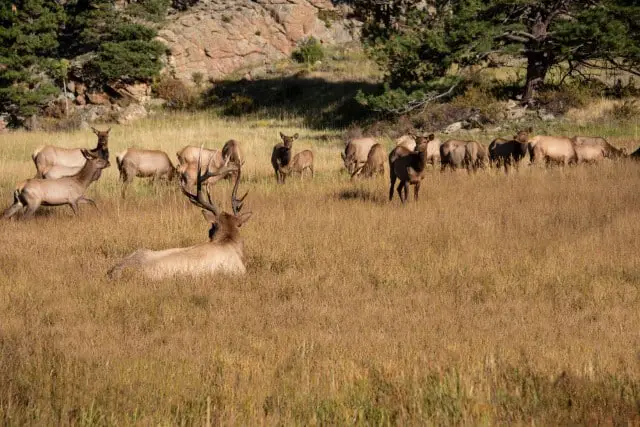
Season plays a significant part in deer immigration. The animals tend to move away from areas they have grazed and travel to places where food is still abundant.
If an area has less snowfall during the winter, it will probably see higher levels of deer immigration. That is because a lot of the nutrient dense plants they ingest get damaged by freezing temperatures.
Emigration
It’s common for areas to lose deer due to emigration when there are high predator populations, lack of food sources, and poor habitat. Deer also often emigrate to avoid harsh conditions, such as severe winter weather.
When deer emigrate from an area, this will reduce the local population and add to the population of wherever they are going. This may put extra pressure on existing populations in their destination by increasing food competition.
The University of Wyoming reports that vegetation is the most common reason for deer migration.
Death and Birth Rates
Of course, death and birth rates are important factors in determining deer populations.
Both the birth and death rates of deer are affected by hunting regulations.
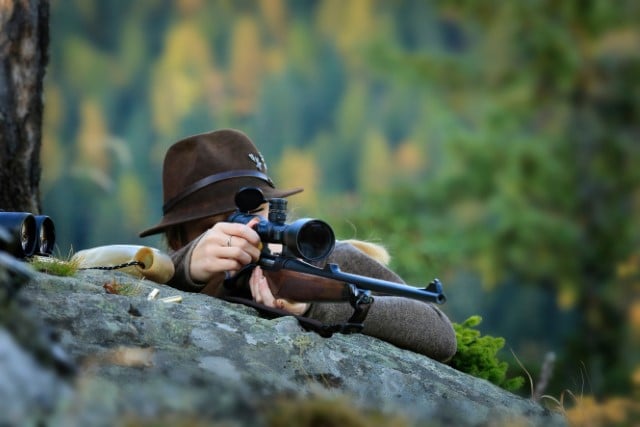
While the specifics vary by state, the ultimate goal of hunting regulations and bagging limits is to keep the human impact on deer populations to a minimum.
For example, bagging limits can be increased to reduce hunting and help deer recover from natural impacts on their population.
Birth rates can be affected in similar ways, as hunting restrictions can be put into play if deer reach a critical level in population. Deer birth rates can also be affected by food availability and also the population of predators in proximity.
The methodology and data collection is extremely important when it comes to monitoring deer populations. The accurate measurement of deer numbers across the US is vital for keeping ecosystems healthy.
Methodology and Data Collection
Each state is responsible for counting its own deer population. You should be able to find numbers available on individual state government websites.
It’s important for each state to have accurate numbers, so it can plan and act accordingly when it comes to whatever conservation is needed.
Volunteers and hunters do significant work counting to get to a deer population number for their state. Also, there are some professional teams that authorities can send to recover and filter data.
Traditionally, one of the most common methods of recording deer populations is doing it by hand when deer are spotted, such as in national parks.
With modern advancements, however, manual counting has been complimented by infrared camera technology, which has made counting much more accurate.
Each state has its own practices for counting deer. Variations tend to be due to differences in the availability of camera technology, volunteers, and other resources.
Deer Population in Each State
Deer population across the United States varies significantly, and it is affected by an enormous variety of factors.
Texas comes in at the top when it comes to states with large deer populations. It has more than 5.5 million deer.
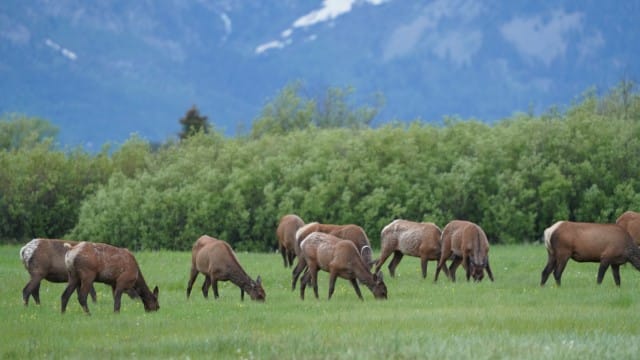
Northern states tend to have fewer deer than southern states. This is because of characteristics of the habitats, as well as less food supply.
Below is our list of state deer populations.
Texas: 5,527,392
Texas the highest deer population in the country. Its deer are almost entirely the whitetail species.
Michigan: 1,850,000
Michigan has the second largest deer population in the United States. It’s always close to Texas in its annual deer harvest.
Many hunters in Michigan take full advantage of the state’s abundance of deer, with 303,086 reported in the 2022 hunting year.
Alabama: 1,750,000
Most of Alabama’s habitats are easily able to support deer. As a result, it has a cervid population almost comparable to Michigan.
Mississippi: 1,750,000
While waterfowl are also popular hunting targets in Mississippi, deer are also available in large numbers in this state. It’s a great spot for hunters to pursue a trophy or simply fill the freezer with meat.
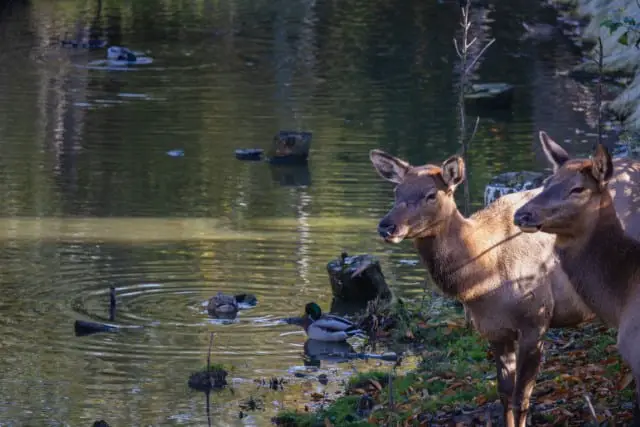
Wisconsin: 1,600,000
The state of Wisconsin is an incredible place to scope out a deer during the hunting season.
Buffalo County is a very well-known area for prized trophy deer. In 1973, a trophy whitetail buck killed in this county scored 253 points.
Pennsylvania: 1,450,000
Pennsylvania has plenty of whitetail deer, with the average buck weighing 140 pounds at 34 inches tall. There are 1.45 million deer in this state, so there are certainly plenty of hunting opportunities available.
Missouri: 1,400,000
The deer population in Missouri has reached 1.4 million. Hunting ensures that cervids can thrive without ending up with overpopulation.
Each hunting season, hunters take between 40-70% of the antlered bucks and 25% of the does in this state.
Georgia: 1,270,000
Despite the fact the deer population in Georgia was once almost eliminated, the cervid population in this state is now very large.
With 1.27 million deer statewide, Georgia is a great place for hunting trophy whitetail bucks.
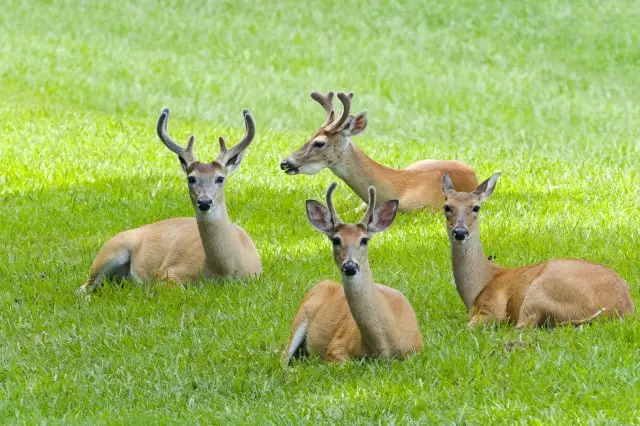
New York: 1,200,000
As New York state has 1,200,000 deer, it is a popular spot for hunting. In fact, more than 500,000 whitetail deer hunters hunt in the state of New York each year.
With a large deer population and plenty of great hunting spots, New York is a great place to hunt.
North Carolina: 1,000,000
With a population of at least one million deer, North Carolina is another great place for whitetail hunting.
This state’s valleys and hills make excellent habitat for whitetail deer, while also providing cover for hunting and spotting.
Kentucky: 950,000
Hunting is encouraged in Kentucky as their large population of whitetail deer disrupt traffic and cause other forms of damage to urban areas.
Minnesota: 950,000
The largest whitetail buck trophy from Minnesota on record was 500 lbs. With a population of almost one million deer, Minnesota is a great hunting location.
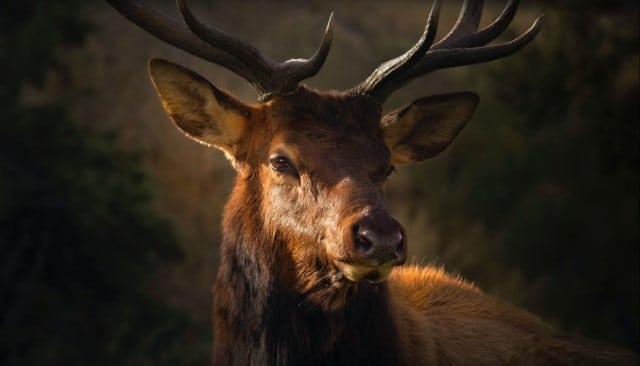
Virginia: 925,000
As there are around 925,000 deer in Virginia, you have an excellent chance of spotting these animals all through the state, especially in the national parks.
Arkansas: 900,000
Arkansas has an impressive whitetail deer population of around 900,000. There are plenty of large specimens here that you may come across while hunting.
Tennessee: 900,000
The hunting season dates in Tennessee can vary depending on the type of hunting you are undertaking (bow, muzzleloader or rifle).
Idaho: 769,691
Idaho has mule deer in addition to whitetail deer. The state offers more than three quarters of a million cervids, so there are plenty of hunting opportunities.
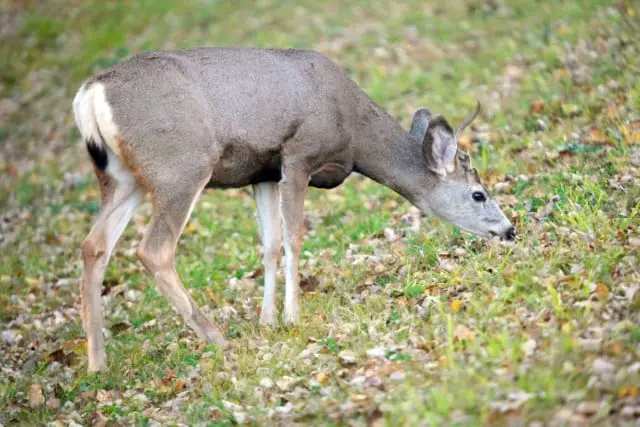
Oklahoma: 752,375
Hunting is a huge business in Oklahoma with an estimated $600 million a year generated in revenue for the state’s hunting management.
South Carolina: 730,000
You can find an abundance of deer in South Carolina. During the hunting season, this state has a daily bag limit of two antlered deer per resident or non-resident.
Ohio: 725,000
Ohio is a great place to hunt whitetail deer. It’s also well-known for furbearer hunting and trapping seasons.
Indiana: 680,000
Deer populations have grown significantly in the past 40 years in Indiana, now with record levels of cervids across the state.
Illinois: 660,000
Deer hunting was only allowed in Illinois after the late 1950’s when the deer population had reached a stable level.
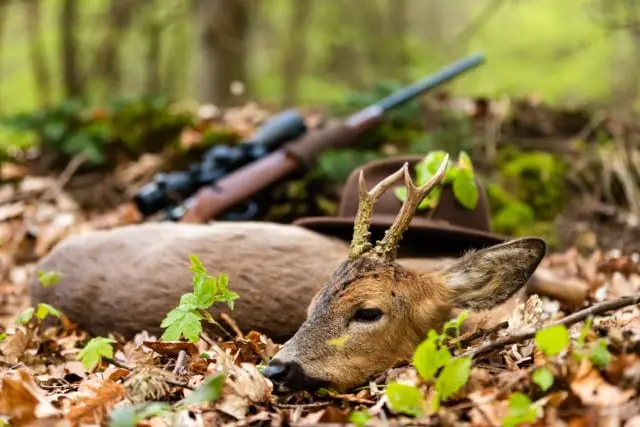
Kansas: 646,000
There are plenty of great places across Kansas to hunt deer, including options to hunt on both public and private lands.
Florida: 625,000
The population of deer in Florida is at a healthy level and hunting provides lots of job opportunities across the state.
West Virginia: 550,000
Deer hunting is very common in West Virginia. Every year, more than 200,000 resident and non-resident hunters pursue deer in this state.
Montana: 506,764
The hunting season in Montana for standard license types runs from the beginning of September to the end of November each year.
South Dakota: 505,600
Deer hunting has been a popular activity in South Dakota since the 1950s and helps to keep populations at a sustainable level.
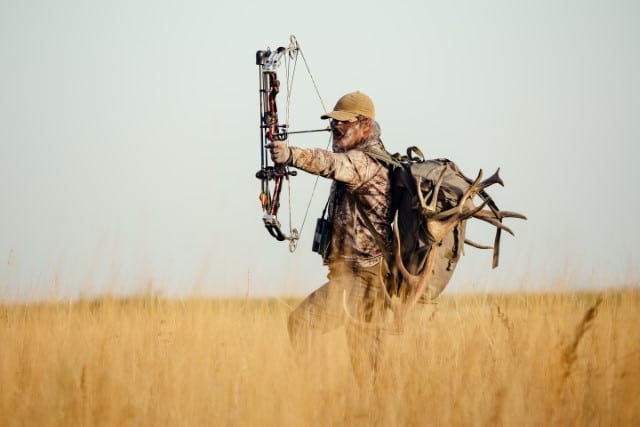
Louisiana: 500,000
Louisiana has a large deer population. If you want to hunt in this state, you need to purchase a permit to bag a deer regardless of whether you’re a resident or non-resident.
Iowa: 445,000
With over 100,000 deer harvested each hunting season in Iowa, it’s a great place to find a great deer.
Colorado: 427,500
Colorado has an impressive mule deer population. That is why mule deer hunters favor this state.
Nebraska: 410,000
Buying a permit for hunting in Nebraska is a must, with plenty of demand from hunters limiting the availability. Getting in early for the hunting season of the following year is the key.
Wyoming: 403,600
Mule deer that migrate out of Yellowstone National Park are prime targets for hunting in Wyoming.
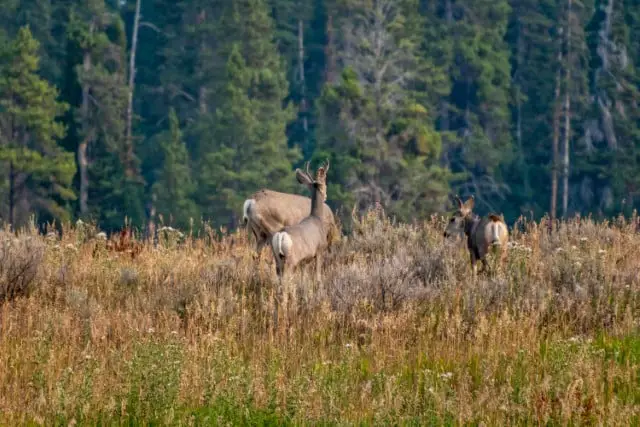
Utah: 315,850
Deer in Utah have a lot of big game to compete with, making the population a little slimmer than other states.
Washington: 301,200
Black-tailed and white-tailed deer can be found in the state of Washington, along with mule deer in the summer.
Maine: 290,000
Home to some of the biggest white-tailed deer in the United States, Maine is a great place to get a trophy buck. Some weigh up to 400 lbs.
Maryland: 217,000
Sika deer can be found in Maryland, which is a great reason to hunt there when it’s open season.
North Dakota: 151,000
Deer have now become widespread residents of North Dakota, making this state a popular spot for hunting.
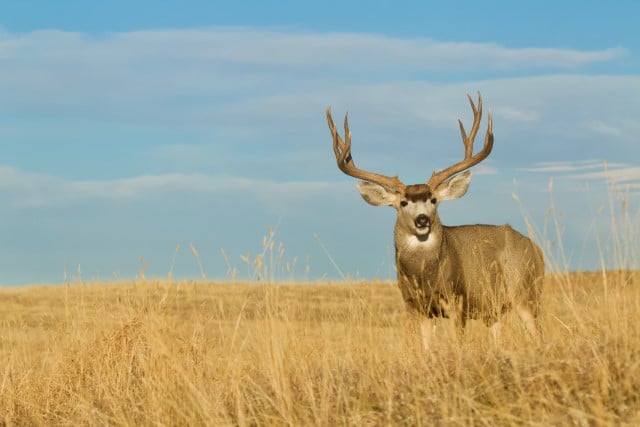
Arizona: 147,500
In the state of Arizona, you are likely to find an equal abundance of white-tail and mule deer.
Vermont: 133,000
The southern half of Vermont is one of the best parts of the state to find deer. Very few yearlings can be found in the state compared to other states in close proximity.
New Jersey: 125,000
Despite a huge decline in the early 1900s, New Jersey now has a very healthy population of deer for the state’s ecosystem.
Connecticut: 101,000
There are plenty of white-tail deer to be found in Connecticut, with the average weighing around 150 lbs.
New Hampshire: 100,000
Not only can you find white-tailed deer in New Hampshire but it is also the state animal.
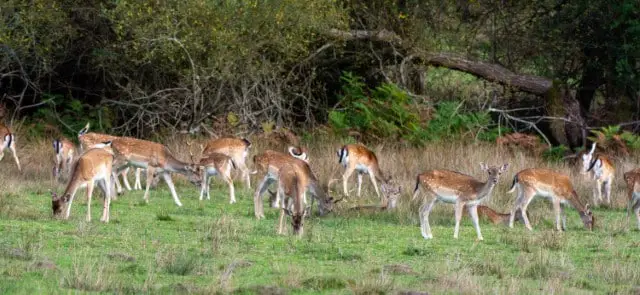
Massachusetts: 95,000
Like with nearby states, Massachusetts is a great place to hunt white-tail deer.
Delaware: 45,000
While deer aren’t as popular as they were when Delaware was first settled, the population has rebounded a lot since the 1950s.
Rhode Island: 18,000
Despite having the smallest deer population in the country, Rhode Island still has 18,000 whitetail deer.
Final Thoughts: Deer Population by State
As we’ve seen here, there are numerous factors that affect deer populations in different states of the United States.
Whether you want to hunt deer or simply observe them in their natural habitats, there are plenty of options across the states.
White–tail deer are the most common species found across the United States, but some states have mule deer, too.
If you want to access more details on each state’s deer population, how they collect their data, and hunting regulations, check state government online resources.
Before you go, take a moment to visit our article on Deer Movement Patterns and Behavioral Habits.

